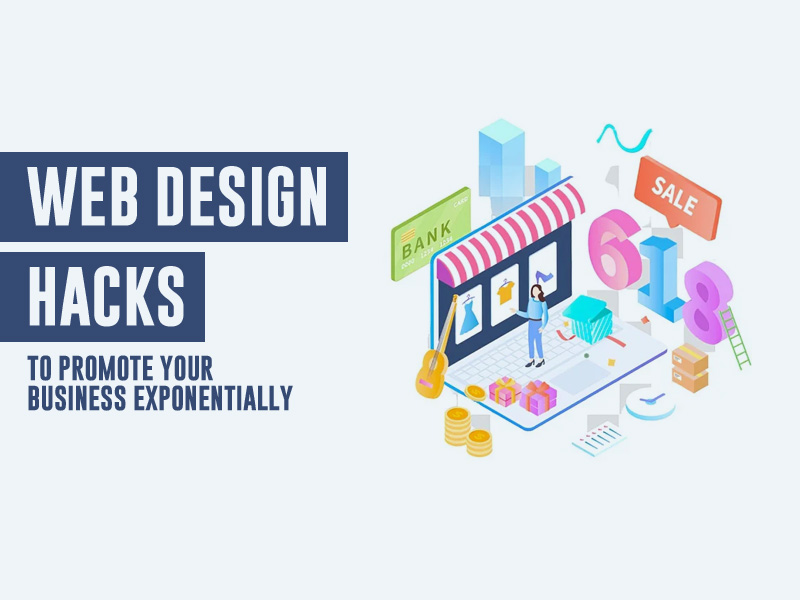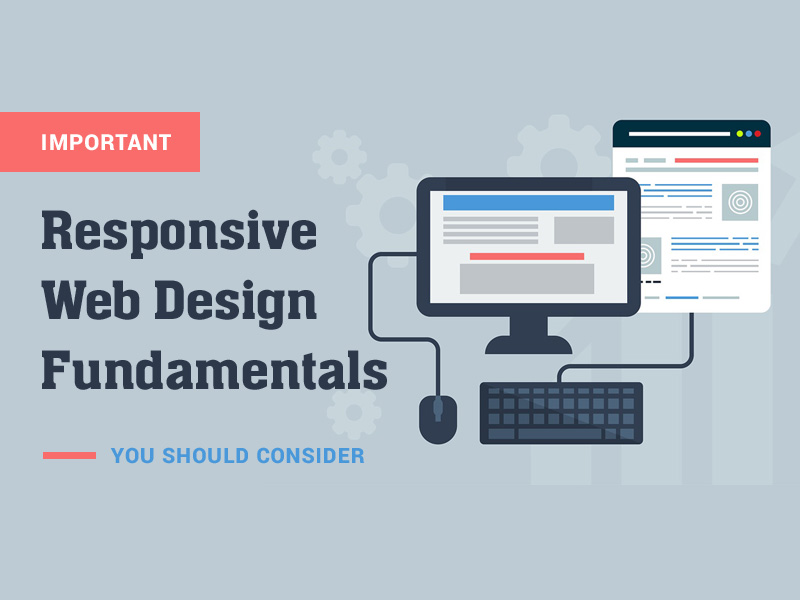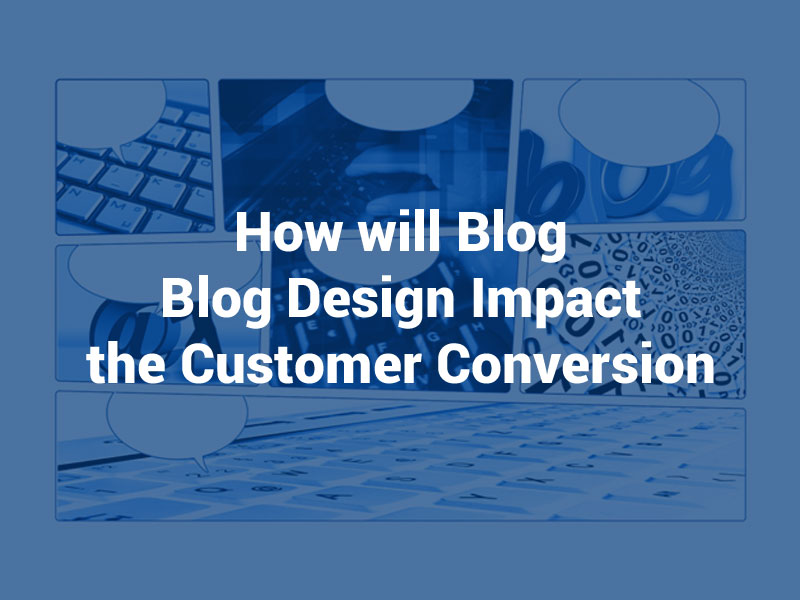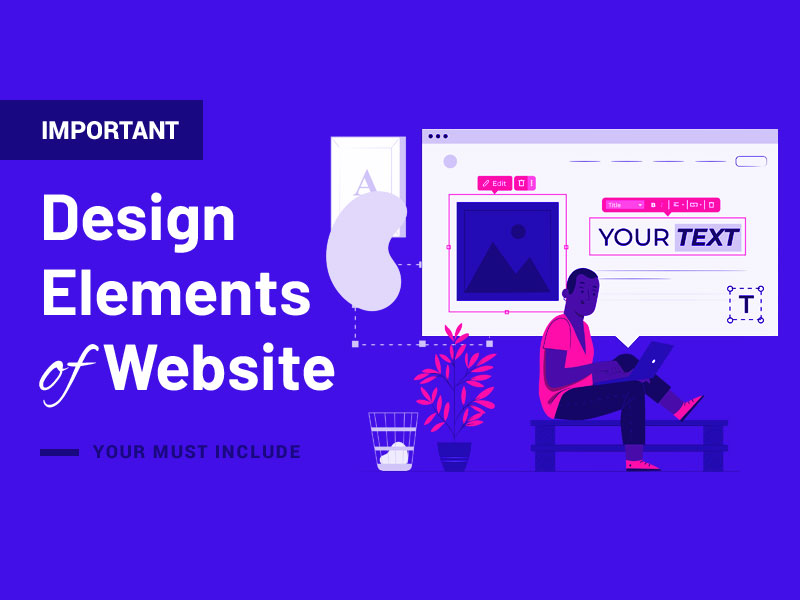Sustainable web design is not just a trend in today’s vibrant world of pixels and code; it is our collective responsibility. It is about creating digital spaces that not only delight users but also respect our planet. This approach considers the entire lifecycle of digital creations, from the moment they are designed to their ongoing use. Let’s explore the practices for infusing web designs with sustainability.
What is Sustainable Web Design?
When I mentioned sustainable web design, I was referring to an approach that seeks harmony between innovative web creations and our environment. It’s about designing digital products that prioritize the user experience while minimizing their environmental impact. In essence, sustainable web design extends the ethos of eco-friendliness.
Sustainable web design considers the full lifecycle impact of digital products, from creation to deployment and ongoing use. By taking a holistic view, designers can make informed choices to reduce energy usage, materials, and waste at each stage. The goal is to craft experiences that delight users without taxing limited natural resources.
The Environmental Impact of Web Design
The internet comes with a heavy carbon cost that we must reduce. Data centers and global data transfers consume massive amounts of electricity, much of it from fossil fuels. But through sustainable web design, we can curb our digital carbon footprint and promote a healthier planet.
Even minor tweaks to make web pages lighter, like streamlining code and assets, can significantly cut the energy needed to power and transmit them. By optimizing efficiency and embracing renewable energy for data centers, we can dramatically lessen the internet’s environmental impact.
Sustainable digital creation ensures our online world doesn’t overwhelm the physical one. With thoughtful design choices, our pixels and code can drive progress, not climate change. The internet provides immense value, but its benefits must not come at the cost of our shared global environment. We have the power to shape digital tools that enlighten society while respecting the planet.
Principles of Sustainable Web Design
Sustainable web design is built on the pillars of minimizing resources and optimizing for energy efficiency. It minimizes resource usage, optimizes for energy efficiency, and utilizes renewable power. Whether it’s through the thoughtful use of color or the efficient structuring of CSS, each decision is a step towards a greener web presence.
Beyond energy optimization, sustainable design principles also include holistic lifecycle thinking, materials reduction, and striving for net zero emissions. By considering the source of materials, end of life, and ongoing impact, designers can craft experiences aligned with ecological priorities. These principles reorient design around environmental stewardship.
Designing for Sustainability
How do we translate these principles into action? It begins in the design phase—using colors that require less energy to display, writing clean code, and ensuring images are responsive. With caching and content delivery networks (CDNs), we can make websites not just faster, but also more eco-friendly.
Thoughtful design choices such as simplified layouts, reduced image sizes, and efficient CSS can significantly lower bandwidth and energy usage. Prioritizing user needs over unnecessary visual embellishments streamlines sites while still delivering core utility and enjoyment. These sustainable design practices carry through to development and deployment.
Measuring and Improving Sustainability
Metrics for Sustainable Web Design
As with any journey, we need a compass to guide us—metrics. Assessing a website’s carbon footprint and conducting a life-cycle assessment provides us with tangible benchmarks. These insights empower us to iterate towards sustainable websites that not only look good but also do good.
Key metrics like emissions, energy usage, and materials quantification help designers evaluate current practices and prioritize areas for improvement. Combined with user experience data, these sustainability metrics allow for holistic optimization. The ability to measure progress is instrumental in reaching ambitious environmental goals.
SEO and Sustainable Web Design
Interestingly, sustainability and SEO go hand in hand. A well-optimized site that loads quickly and prioritizes user experience is not just good for the planet—it’s also good for business. By aligning SEO with our sustainable practices, we ensure our websites are discovered and cherished by users who share our environmental values.
SEO techniques emphasize efficient code, reduced file sizes, and thoughtful content—the same priorities as sustainable design. Optimizing for search aligns with creating lighter, faster experiences that use fewer resources. These complementary approaches can work synergistically to boost sustainability and visibility in the digital landscape.
As web designers, we’re in a unique position to make a difference. With every line of code and every design decision, we have the opportunity to reduce emissions, conserve energy, and set new standards for web sustainability.
Tools and Resources for Sustainable Design
In this digital era, the right tools are like a Swiss Army knife for the eco-conscious designer. Green design tools are sprouting up, offering everything from carbon accounting to sustainable web analytics. These tools are our allies, helping us measure the impact of our websites and steer them towards greater sustainability.
These sustainability tools empower designers to analyze the environmental impact of their websites, identify improvement opportunities, and benchmark progress. By providing actionable metrics and insights, they allow informed decision-making to reach sustainability goals. Their widespread adoption is vital for mainstreaming best practices.
Software and platforms for Sustainable Web Design
Choosing software that aligns with sustainable practices is crucial. Look for platforms that are designed with efficiency in mind, that support renewable energy, and that encourage sustainable coding practices. Whether it’s a text editor that runs smoother or a design tool that optimizes assets, every bit helps.
Opting for sustainable software and web platforms is an easy but highly impactful step. Energy-efficient coding tools, eco-friendly servers, and lightweight content management systems collectively lower the resource burden. Prioritizing sustainability in our core tools lays the groundwork for greener digital experiences.
Implementing Sustainable Web Practices
Adopting sustainable web practices isn’t just about the big leaps; it’s also about the small, everyday choices. It’s about a web design company selecting a hosting provider that understands the importance of renewable energy. It’s about writing cleaner, more efficient code and choosing to compress images without compromising on quality.
From file compression to clean code to energy-efficient servers, individual sustainable practices compound into meaningful collective impact. By accumulating marginal resource savings across a site, developers enable greener user experiences. Consistent commitment to these practices is key to measurable environmental benefits.
Reducing Data Transfer
Data transfer is a silent but significant contributor to a website’s carbon footprint. By minimizing the data that needs to travel across the web, we can make a big dent in emissions. This means simplifying designs, optimizing images, and being judicious with the use of video and other heavy content types.
Each page load triggers a cascade of energy-intensive data transfers behind the scenes. Thoughtful designers can reduce these significantly through strategies like lighter fonts, compressed media, and elimination of unnecessary assets. Even minor reductions add up, curbing the hidden data toll of web surfing.
Conclusion
In conclusion, sustainable web design is imperative today. By optimizing efficiency, embracing renewables, and minimizing environmental impact, we can craft greener digital experiences. Sustainable practices align with UX principles—this path benefits both users and the planet. The next step is clear: learn more, integrate green practices, and advocate for sustainable design. With focus and perseverance, we can build an eco-friendly internet that restores our vital relationship with nature.







